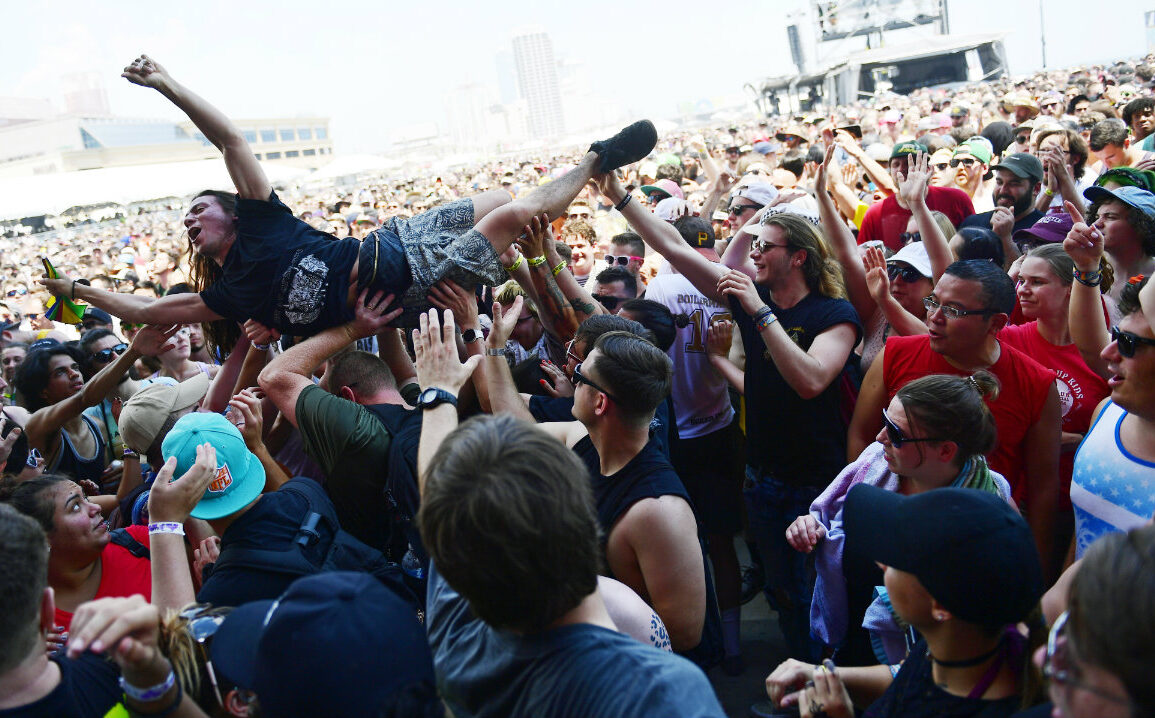As we all get older, expanding into many more genres of music than we listened to when we thought we were so cool, some of the artists we loved ten, fifteen, and even twenty years ago, have completely changed whether it is in personality, musically, aesthetically, and so on. Let’s take a trip back through time and look at what metalcore and post hardcore were like then, compared to what we are looking at now in most recent years.
What feels like yesterday, but is now almost half a century ago, meaning the early 2000s, metalcore and post-hardcore had broken enough boundaries, but were not done yet. Emerging as powerful and cathartic genres within the spectrum of generalized heavy music, not only metalheads were listening to the tunes that brought us all here.
For example, defined by aggressive nature through intense breakdowns, and emotionally charged lyrics, these genres resonated with a generation seeking an outlet for their inner turmoil. Bands like Killswitch Engage, Poison The Well and Atreyu pioneered metalcore’s melodic yet abrasive sound, while post-hardcore acts like At The Drive-In, The Used, mewithoutYou and Thursday explored unconventional song structures and introspective themes. These early years were marked by a raw and unfiltered expression of angst and defiance, reflecting the struggles of young teenage years as eventually found ourselves into something we unfortunately have to call adulthood. Stream “Understanding In A Car Crash” by Thursday below.
As the mid-2000s rolled around, metalcore and post-hardcore underwent a noticeable shift. Bands began experimenting with diverse elements, incorporating both singing and screaming, orchestral elements, and even electronic arrangements for some bands that came later on like Attack Attack!, I See Stars, Drop Dead Gorgeous, Born of Osiris, and Palisades. This evolution expanded the emotional range of the music, allowing artists to convey vulnerability and introspection instead of just the aggressive tone our parents still don’t understand today. Bands like Underoath and Bring Me The Horizon became pioneers of this evolution, introducing a broader audience to the genre’s emotional depth and versatility. The music became a means of support and soon began to embrace a more diverse fan base. Stream “Diamonds Aren’t Forever” by Bring Me The Horizon below.
The late 2000s and early 2010s witnessed a surge in popularity for metalcore and post-hardcore, with bands like Pierce the Veil, We Came As Romans and A Day to Remember breaking into the mainstream. The integration of catchy choruses and anthemic hooks made the music more accessible, while still maintaining its authenticity. This era marked a crucial moment as the genres achieved a delicate balance between commercial success and artistic integrity. The themes explored in the lyrics evolved to encompass mental health, personal growth, and societal issues, providing solace to listeners grappling with their own struggles. Stream “To Move On Is To Grow” by We Came As Romans below.
A few years passed, leaving metalcore and post-hardcore having to continually evolve, with an emphasis on musical diversity. The rise of bands like Architects and While She Sleeps brought forth a renewed focus on social and even environmental issues, reflecting a generation’s concerns beyond personal struggles, thereby creating an even more wholesome environment for both fans and listeners just getting exposed to the scene. The influence of streaming platforms and social media has also completely changed the music industry, allowing smaller bands to gain visibility and challenge the status quo. This new movement has paved the way for a more dynamic community that encourages artists to explore new sonic landscapes while fostering a deeper connection with their audience. Stream “Doomsday” by Architects below.
Fast forward to the 2020’s where we have bands like Dance Gavin Dance, Ice Nine Kills and Periphery leading the scene in addition to artists from our youth like Thrice, The Devil Wears Prada, All That Remains, Sunny Day Real Estate, and even The Mars Volta still out on the road, this genre is not going anywhere and has many more lives to change. Stream “Hey John, What’s Your Name Again?” by The Devil Wears Prada below.
To look back and think that even within the past few years, the journey of metalcore and post-hardcore from the early 2000s to the present day is a testament to the genres’ abilities to adapt and resonate with the evolving emotional landscape of its audience. What started as a niche outlet for angst and rebellion has transformed into a diverse and inclusive space that addresses a spectrum of human experiences. As metalcore and post-hardcore continue to push boundaries and challenge conventions, they remain a vital means of expression for those navigating the complex tapestry of emotions that define the human experience.
Thank you for sticking with us, and if you enjoy stories like this, check out our homepage or our Facebook group, where you’ll find other great pieces about music and mental health.



